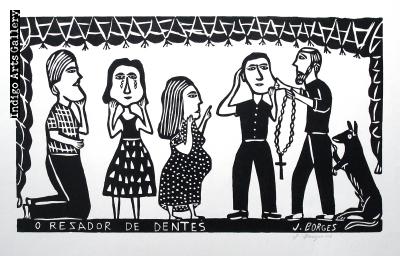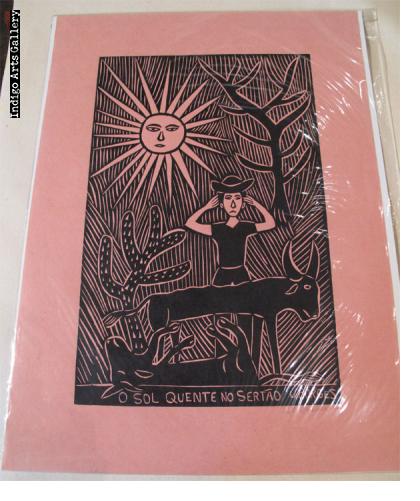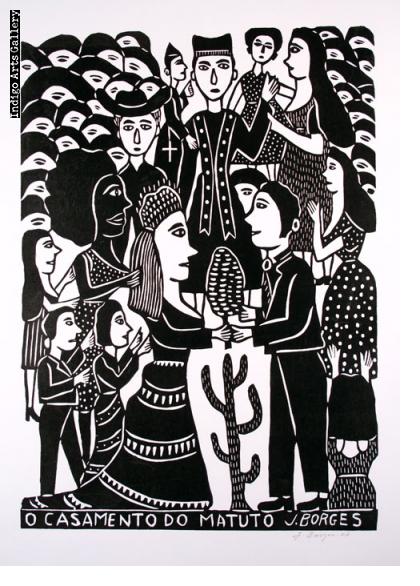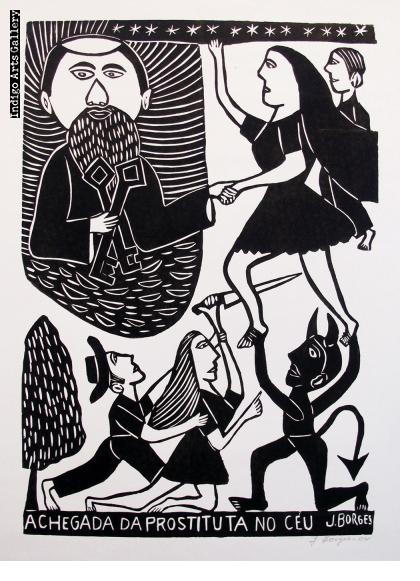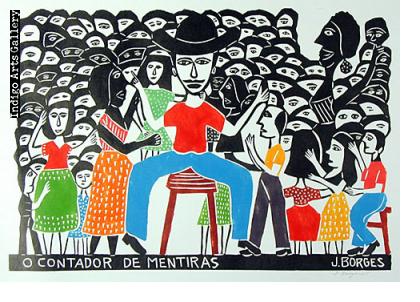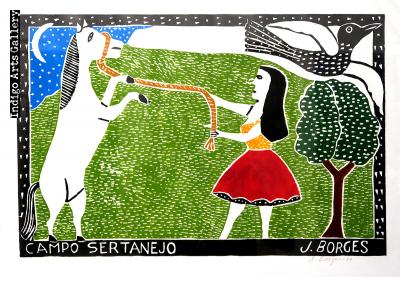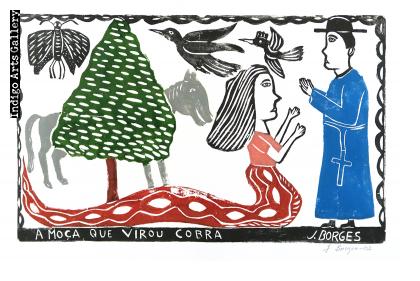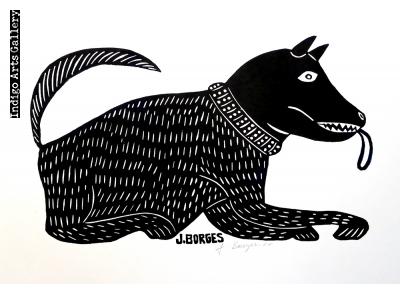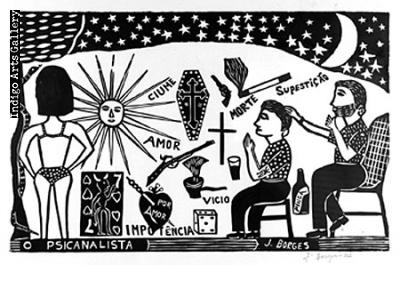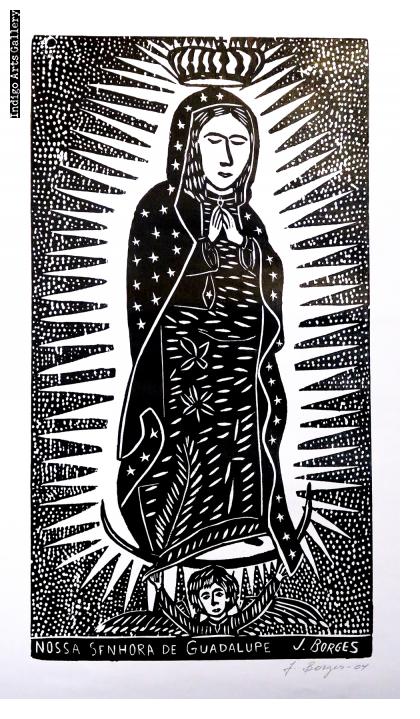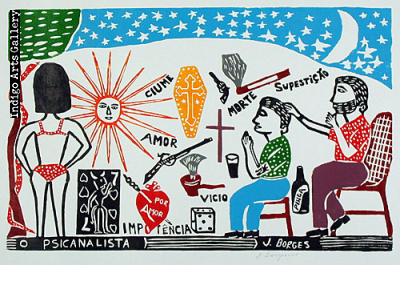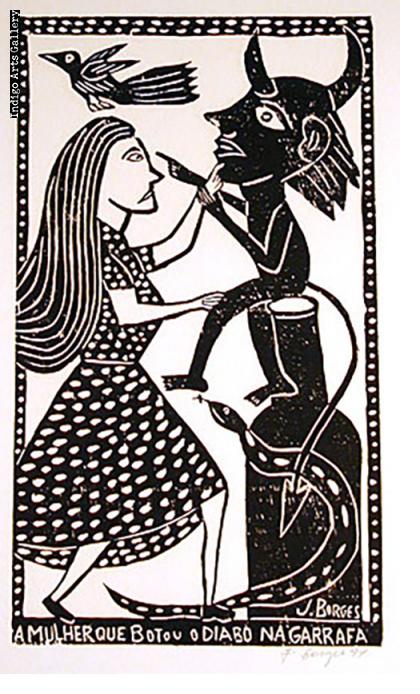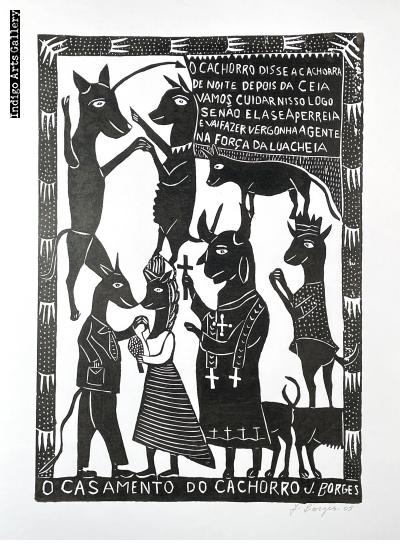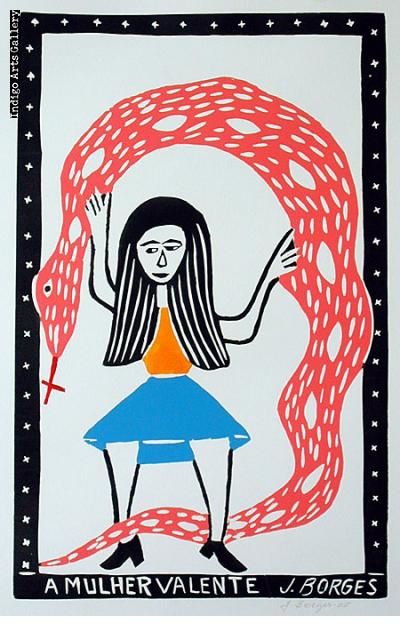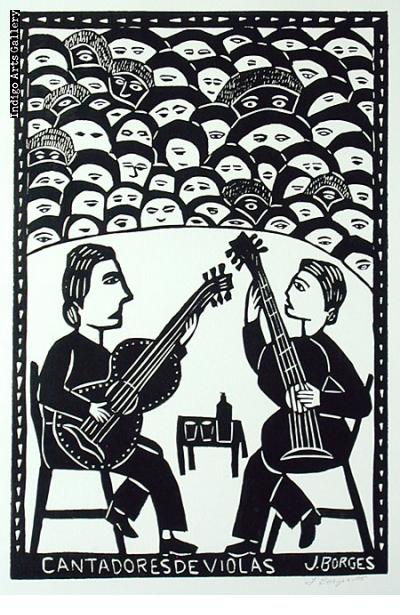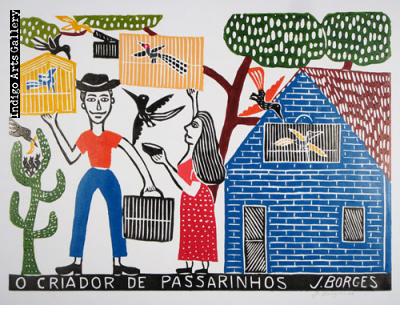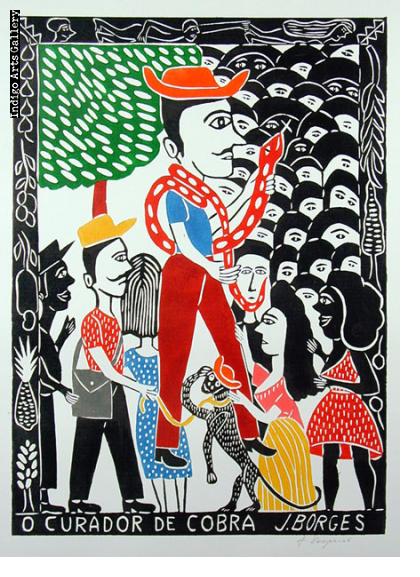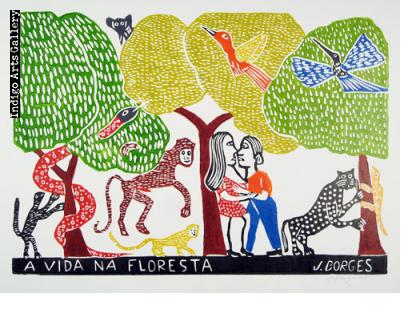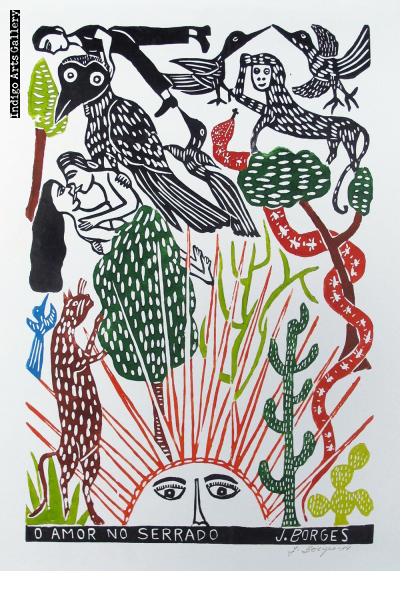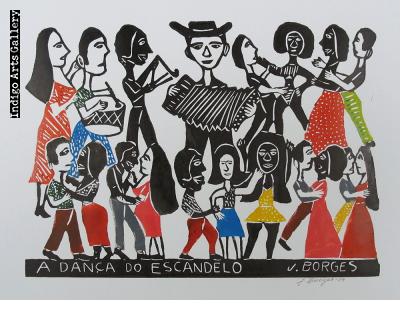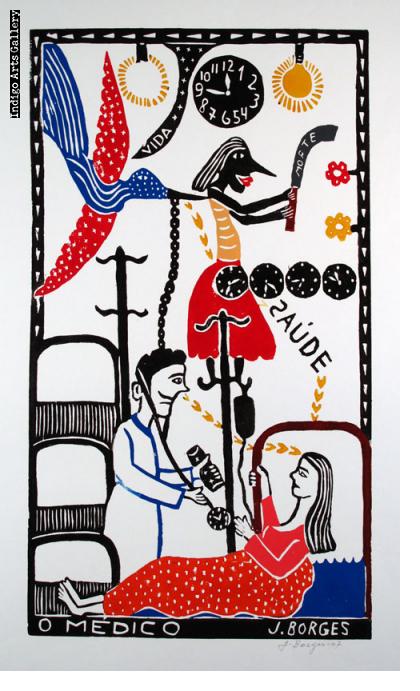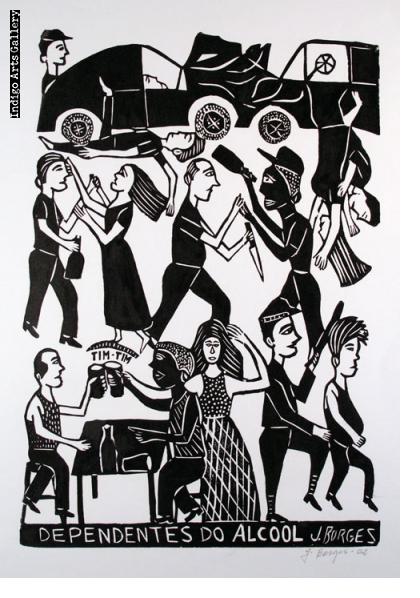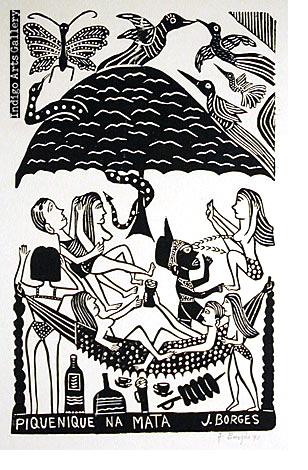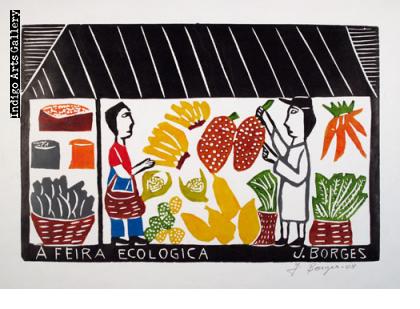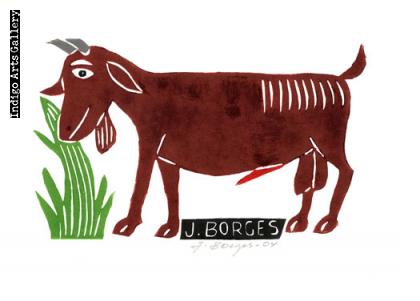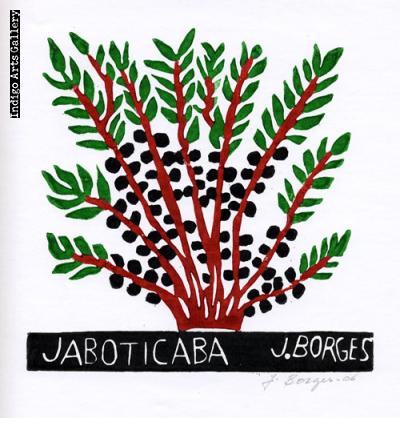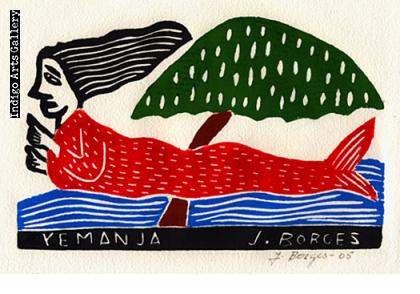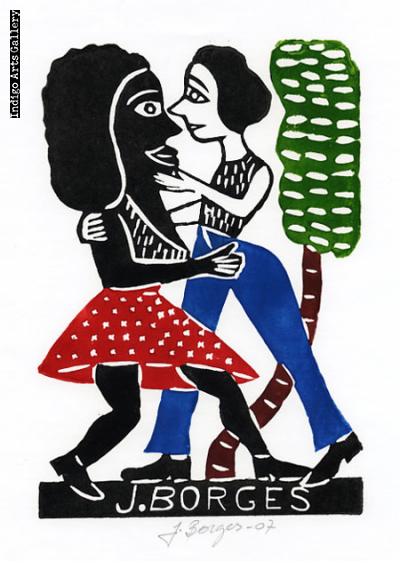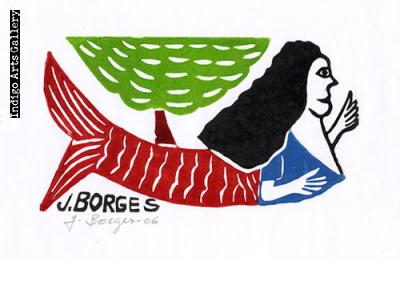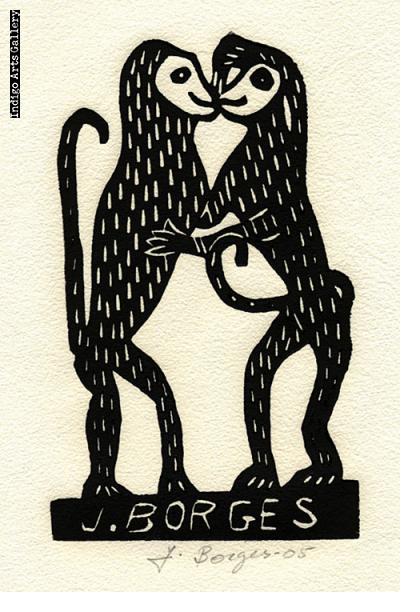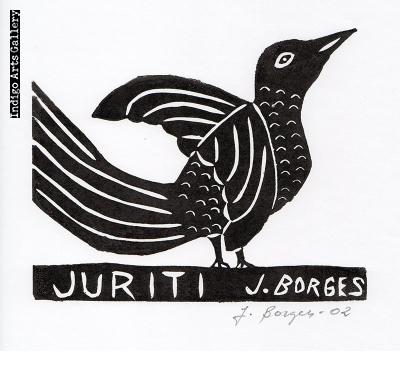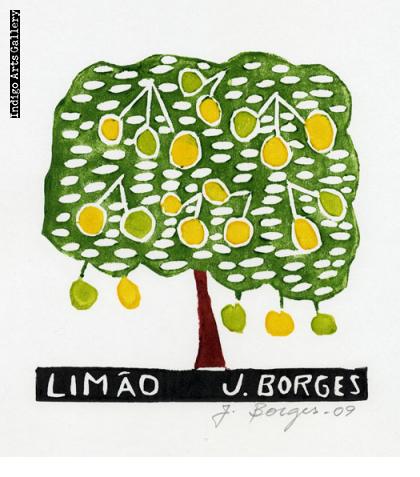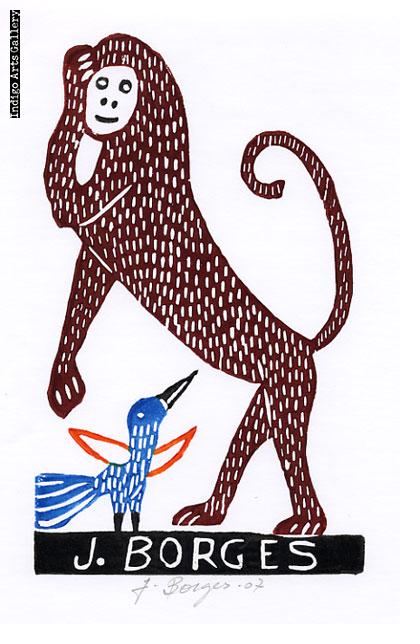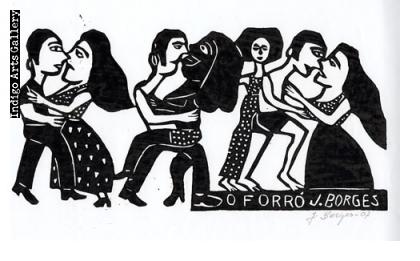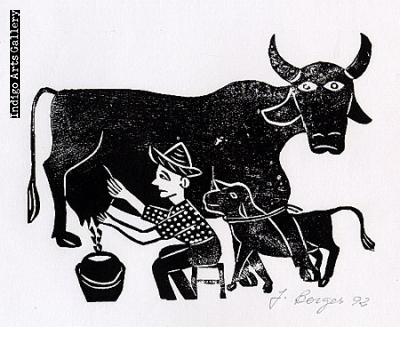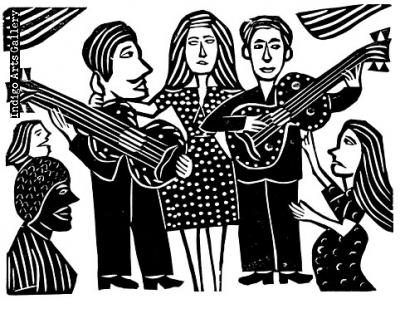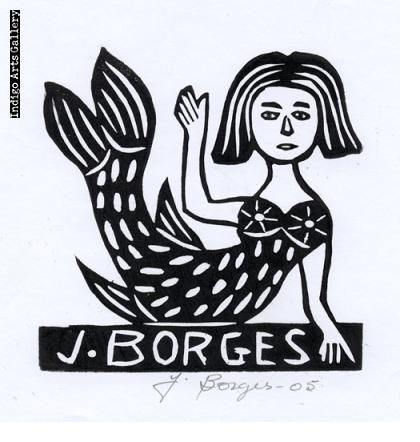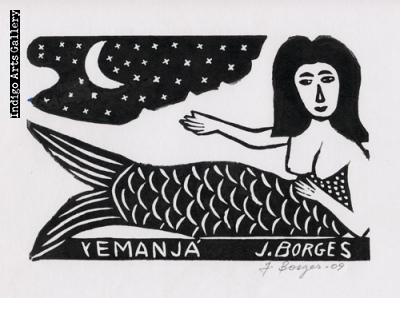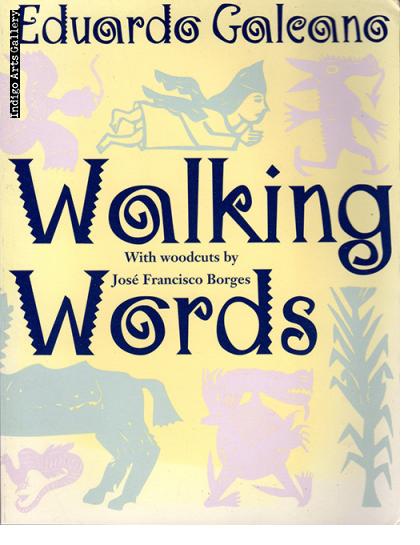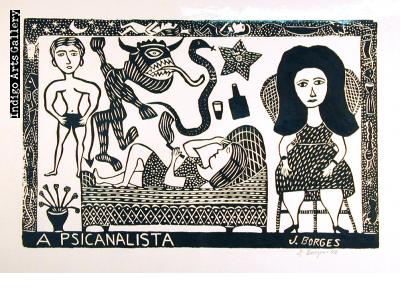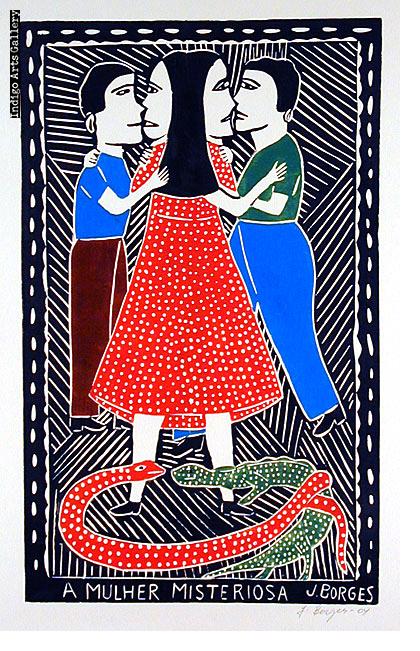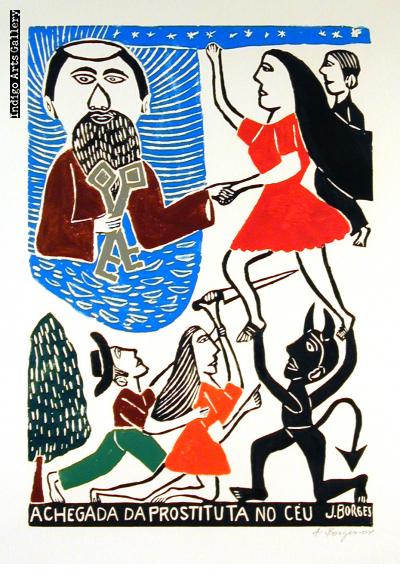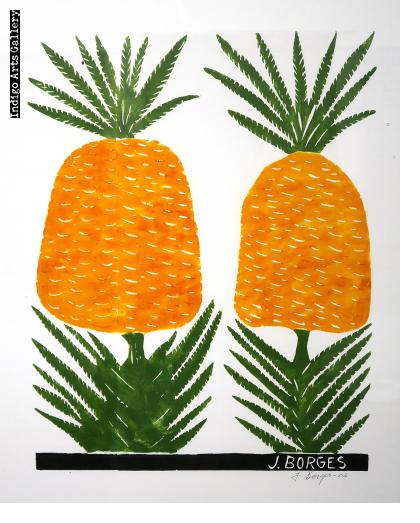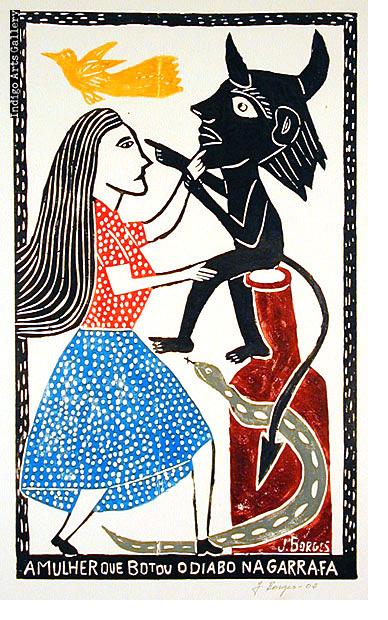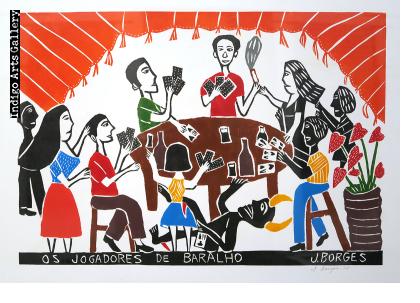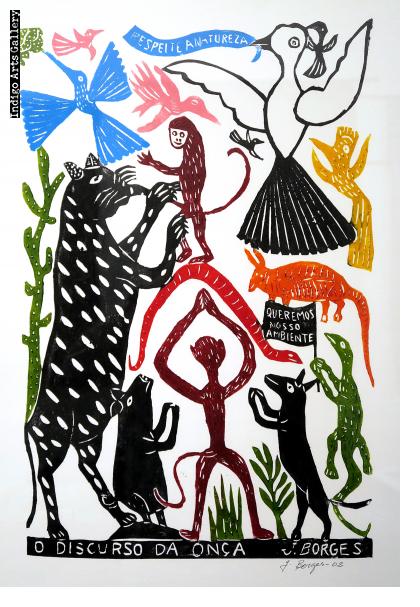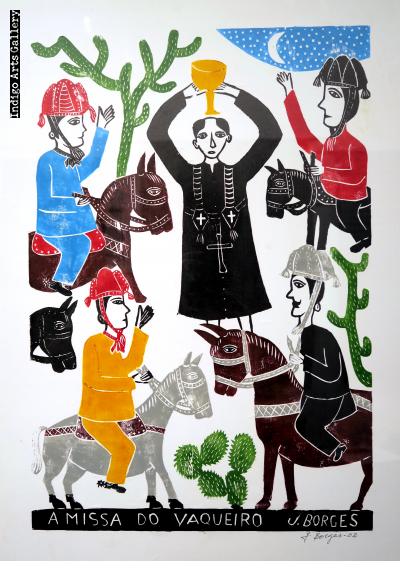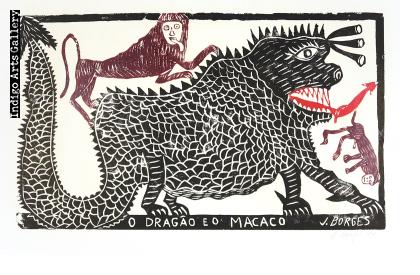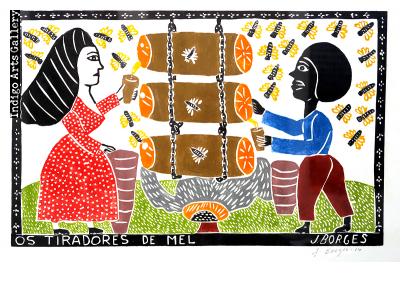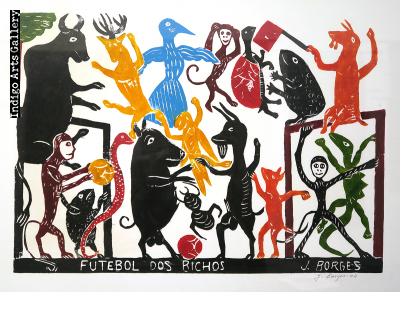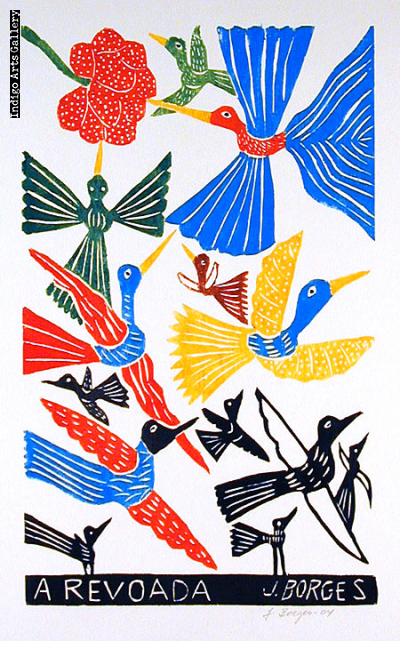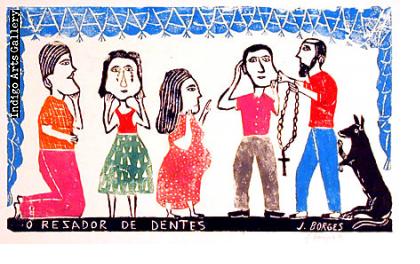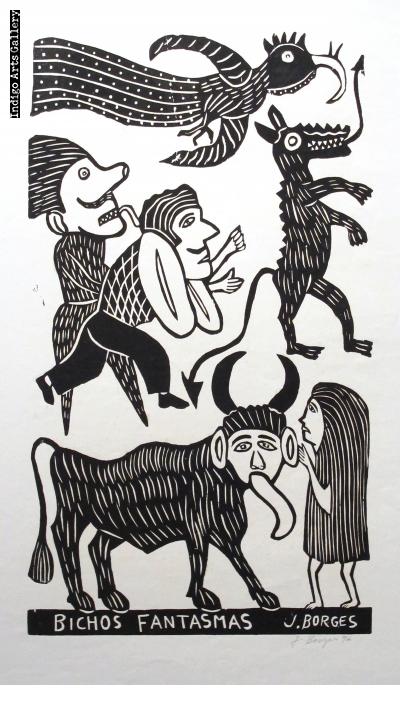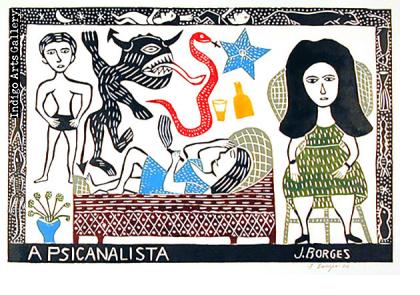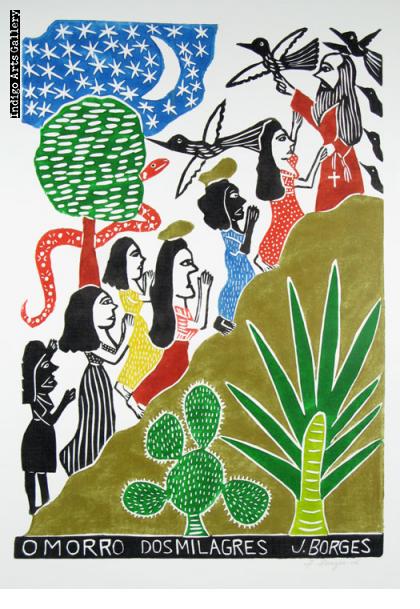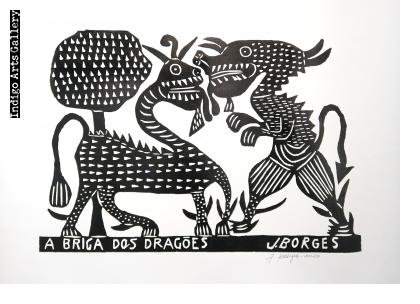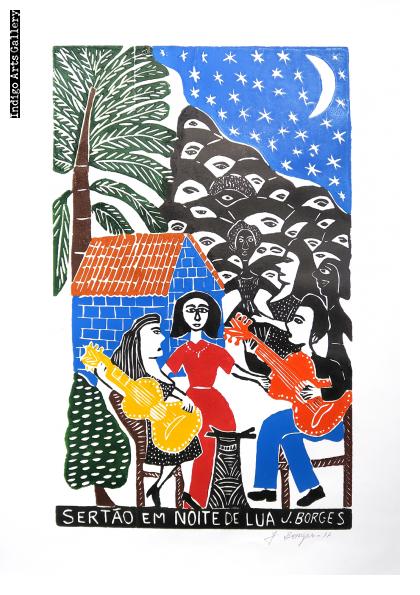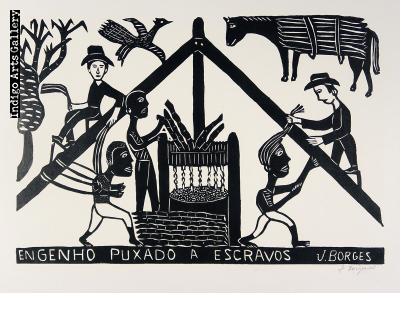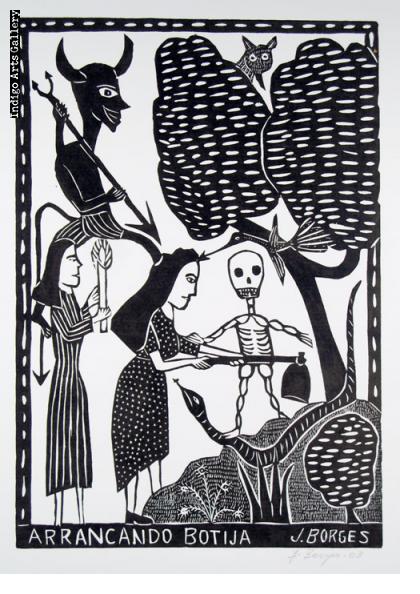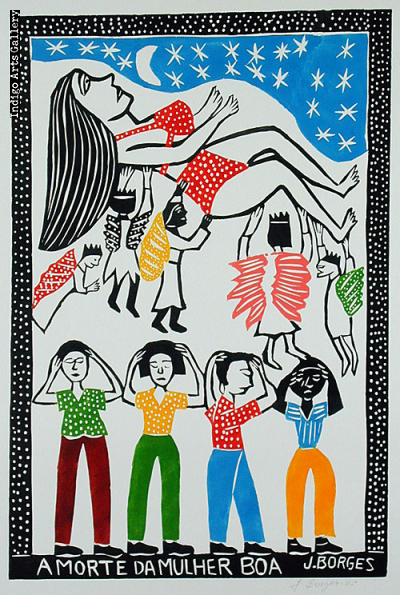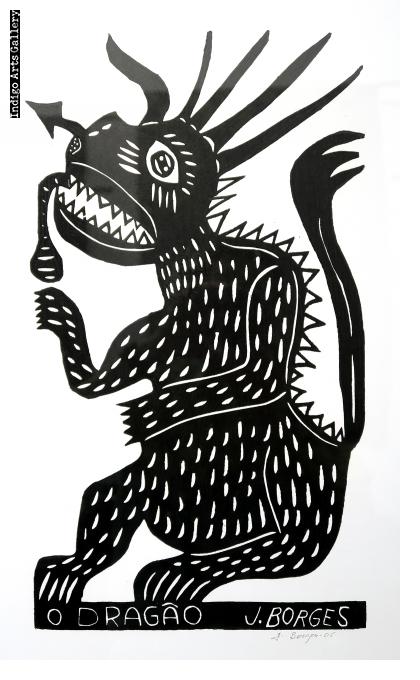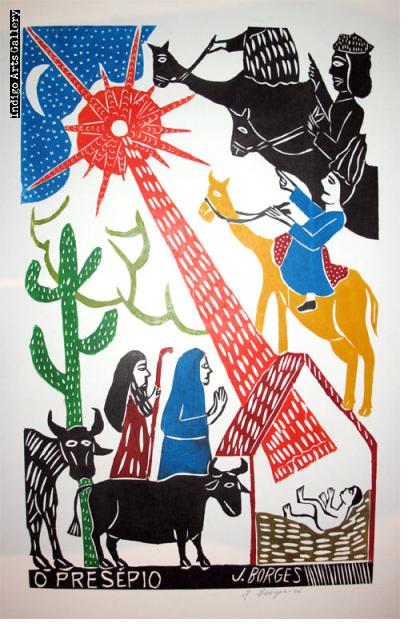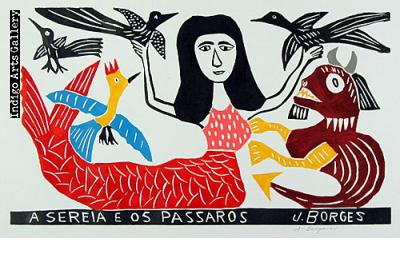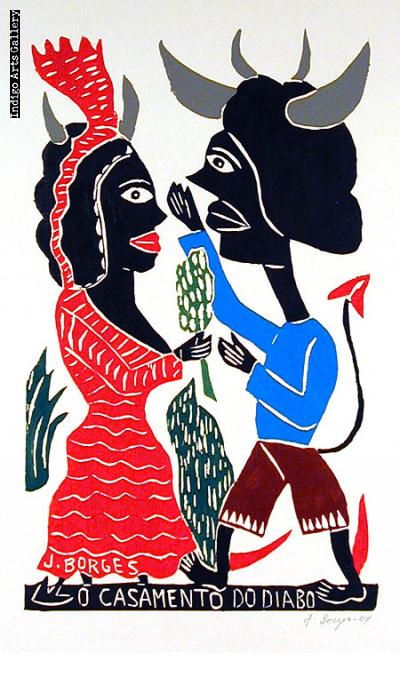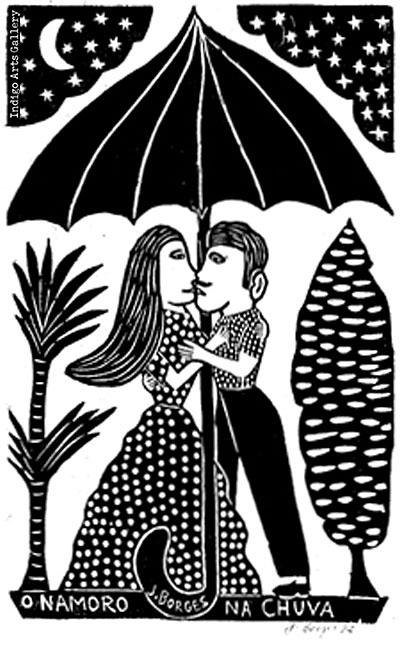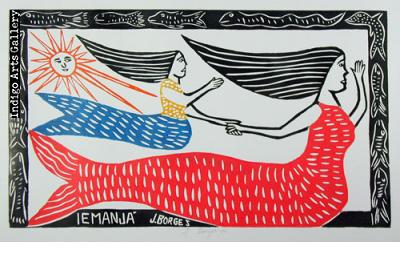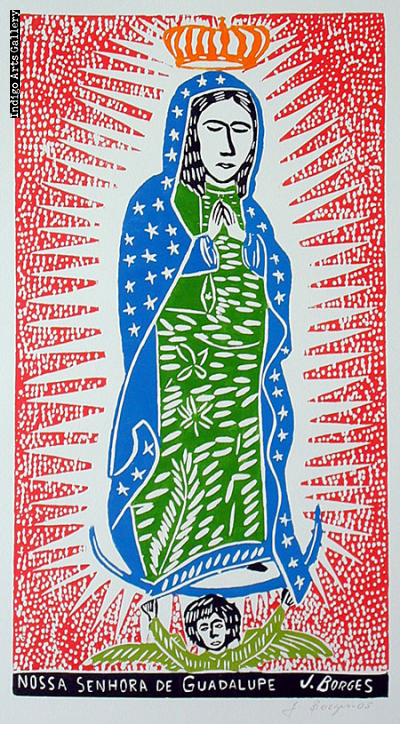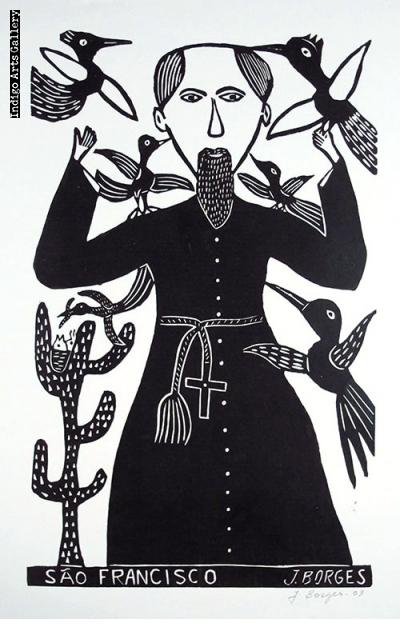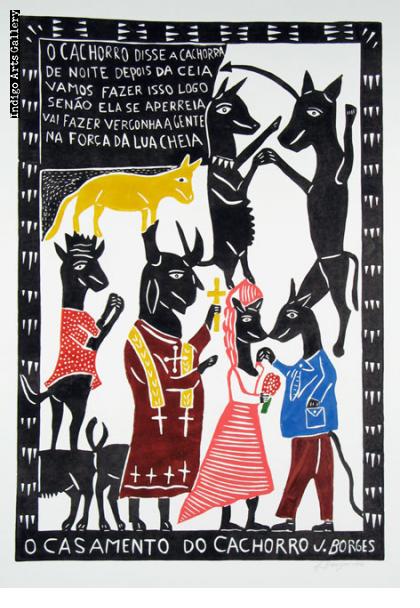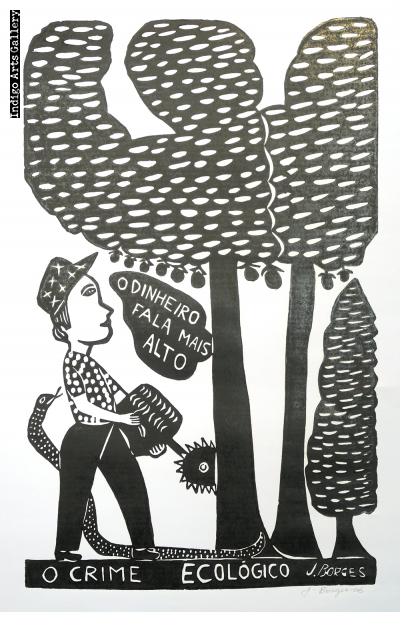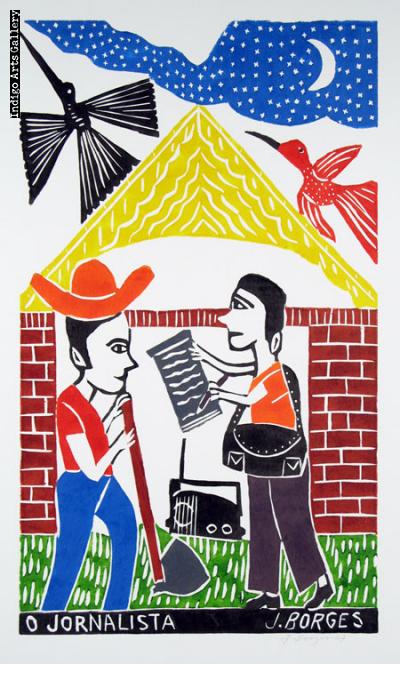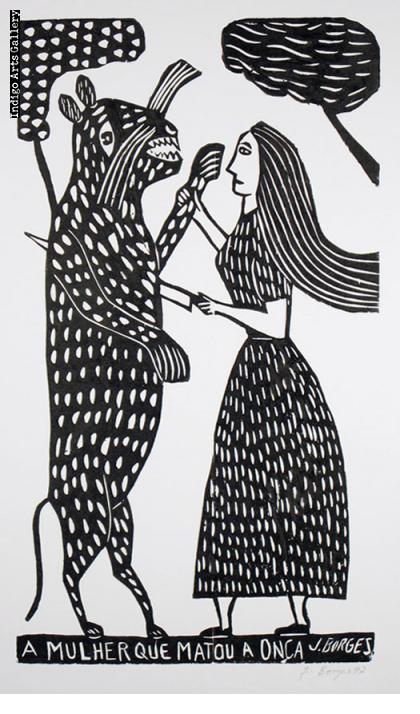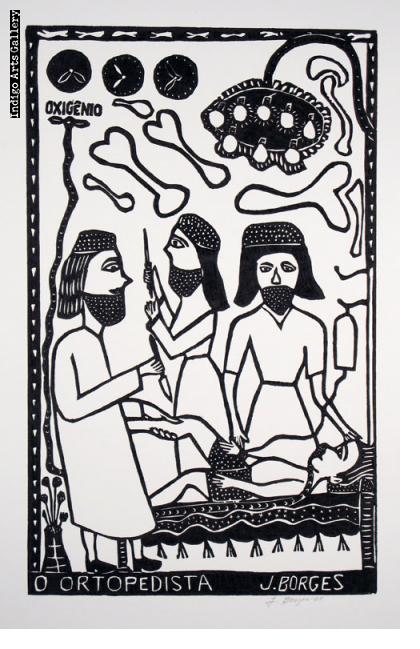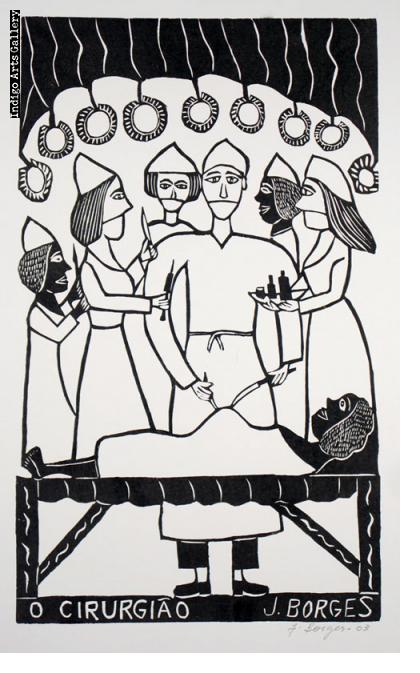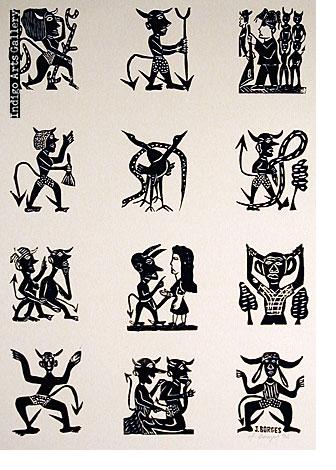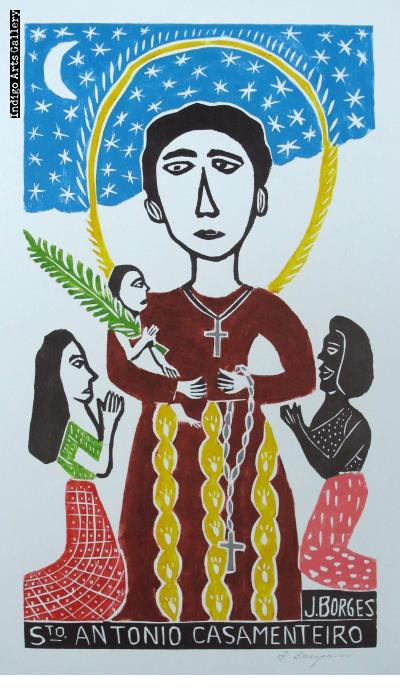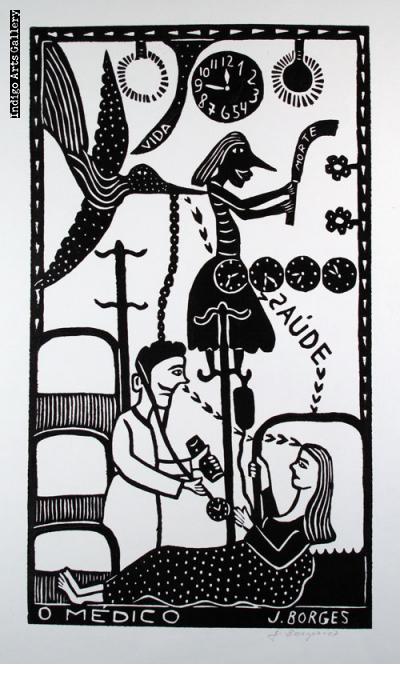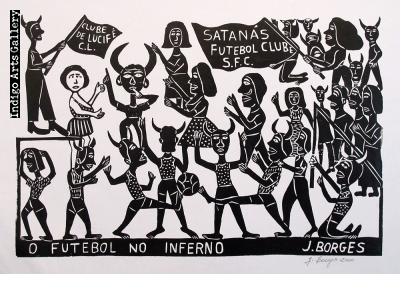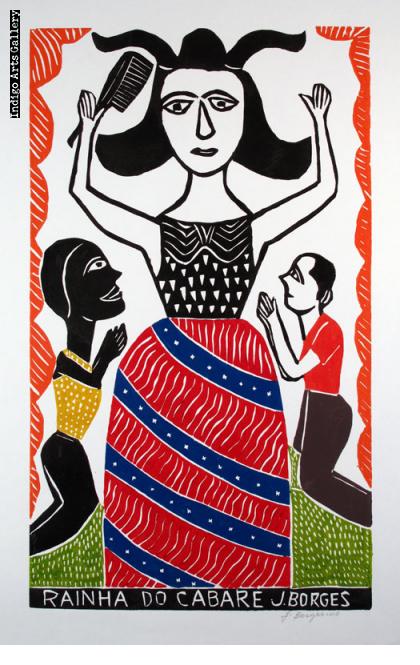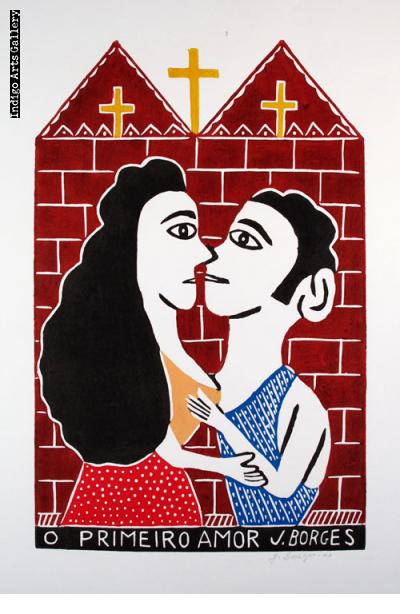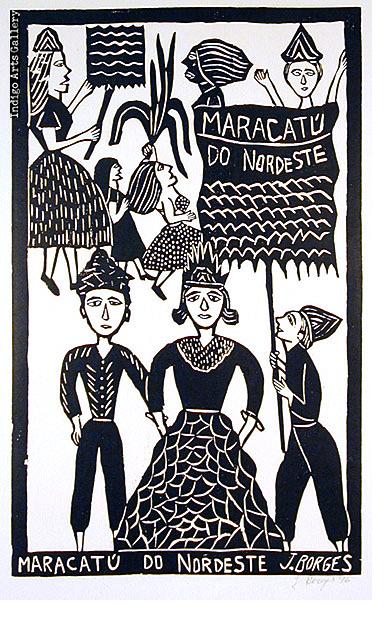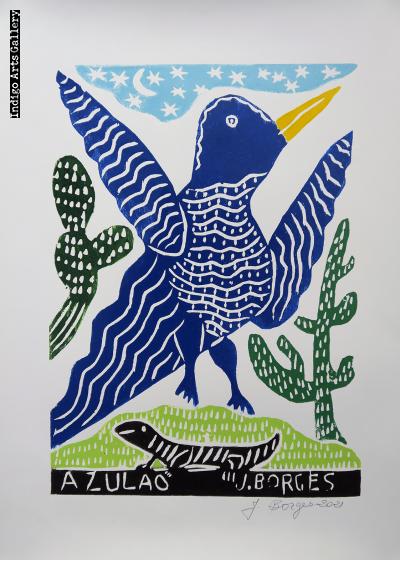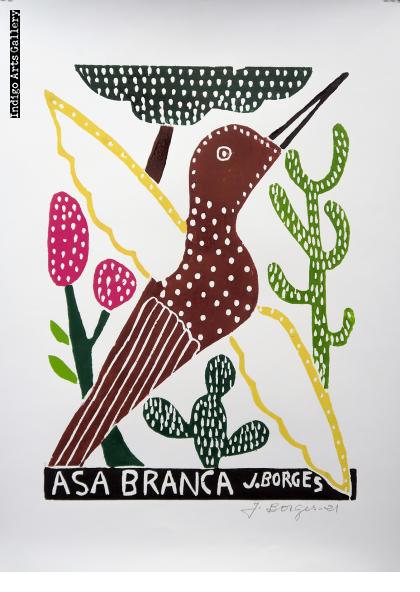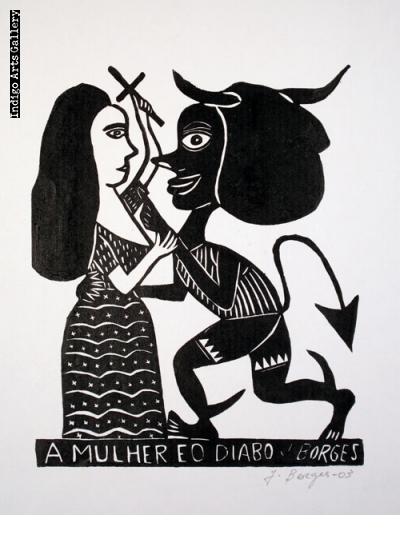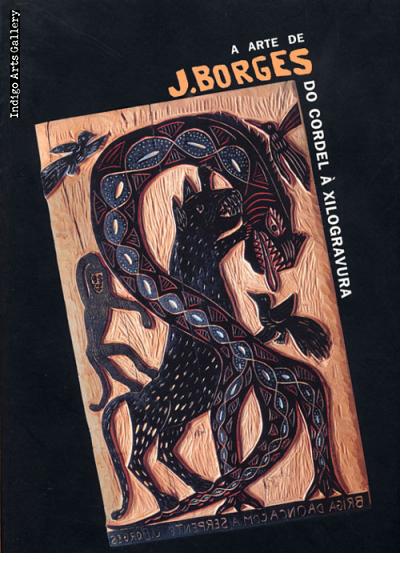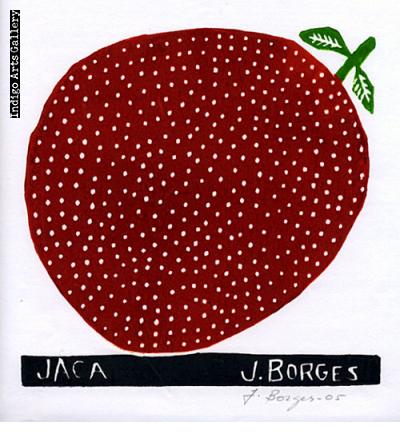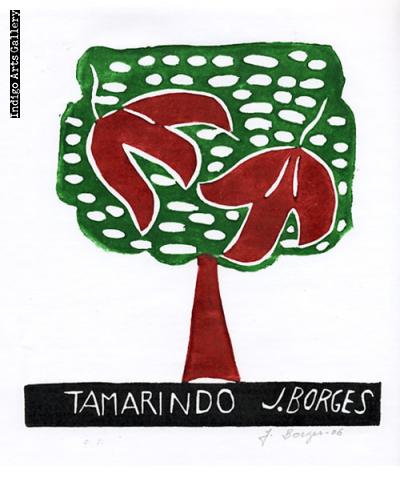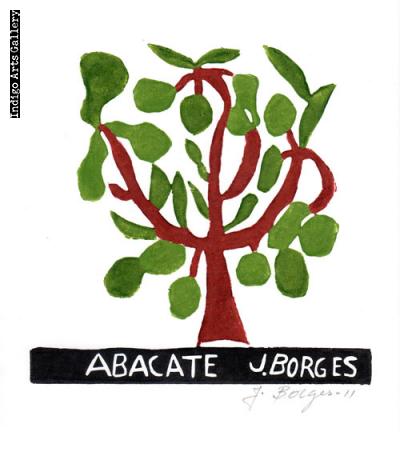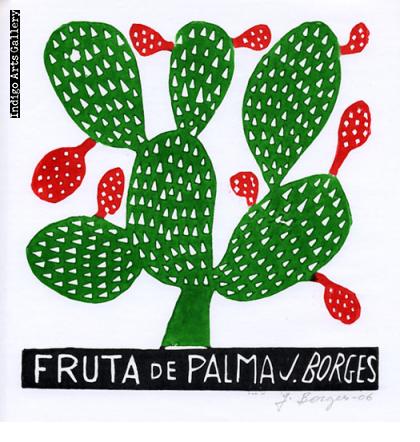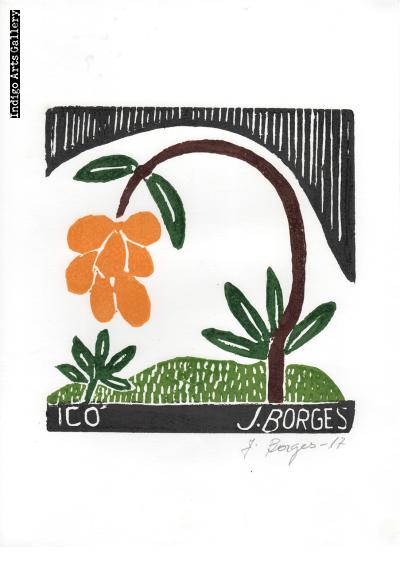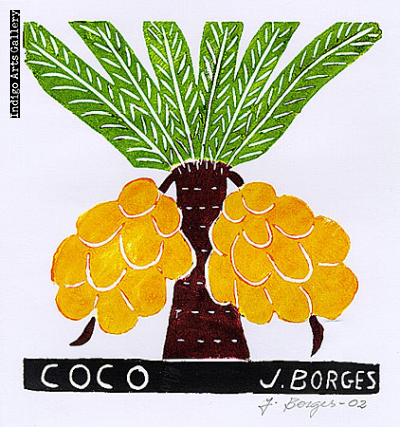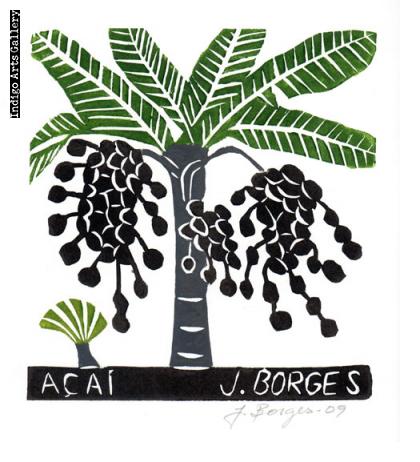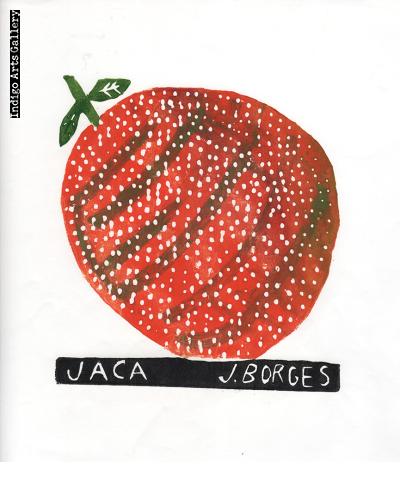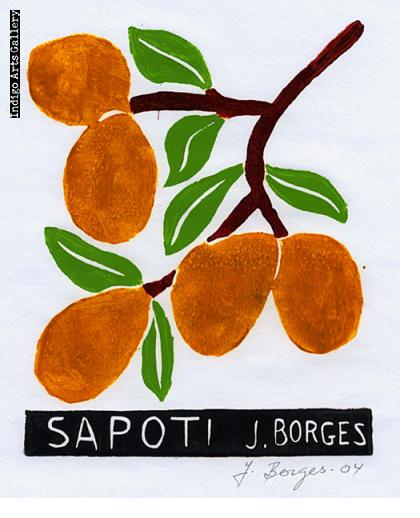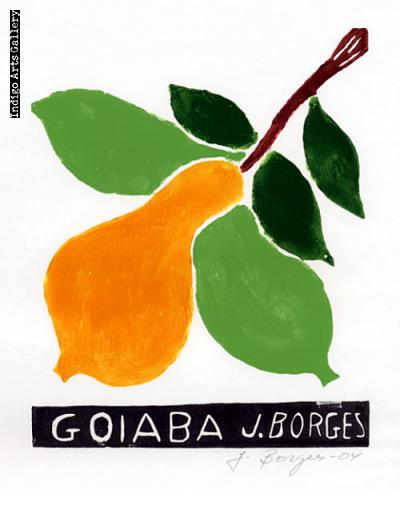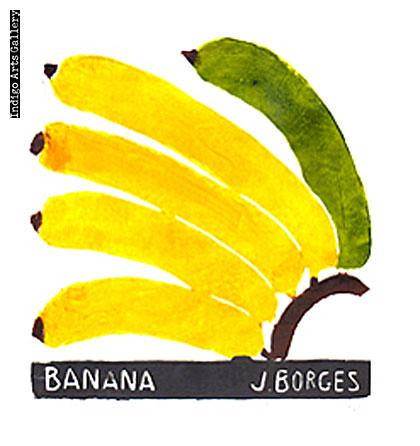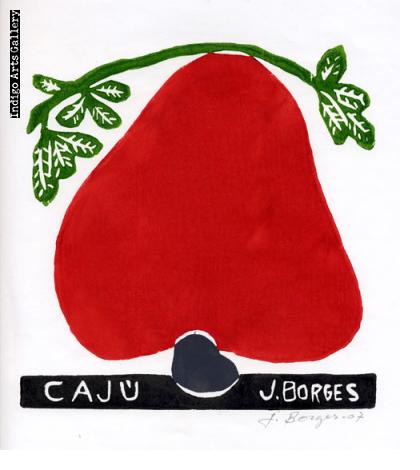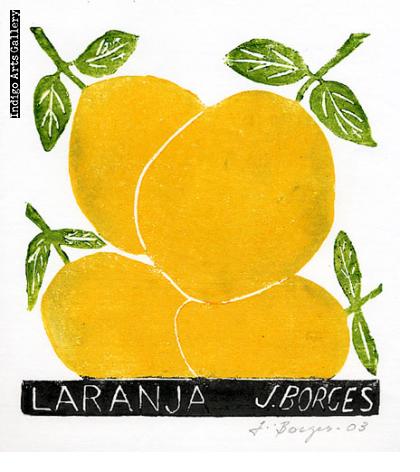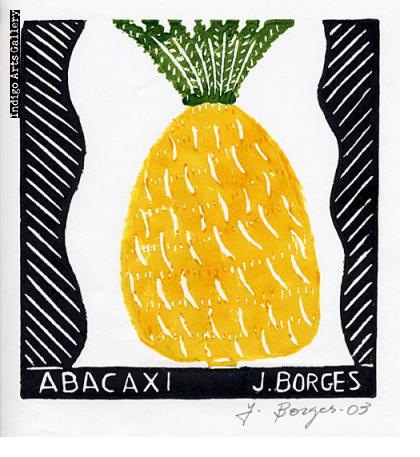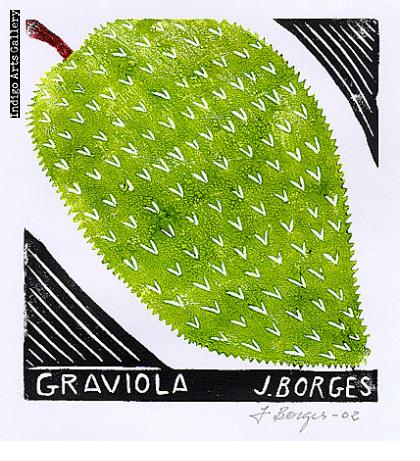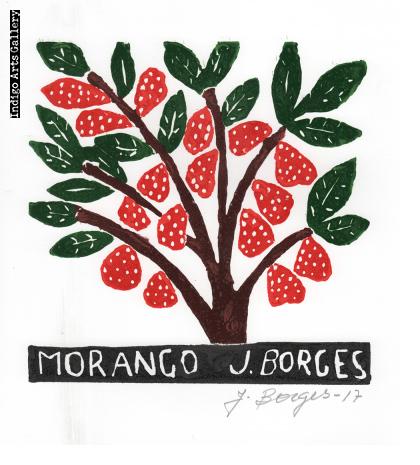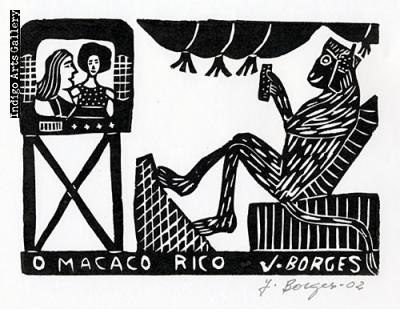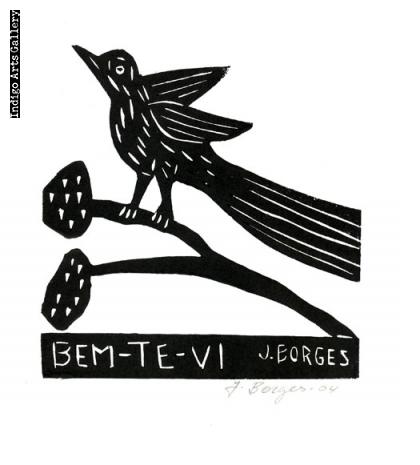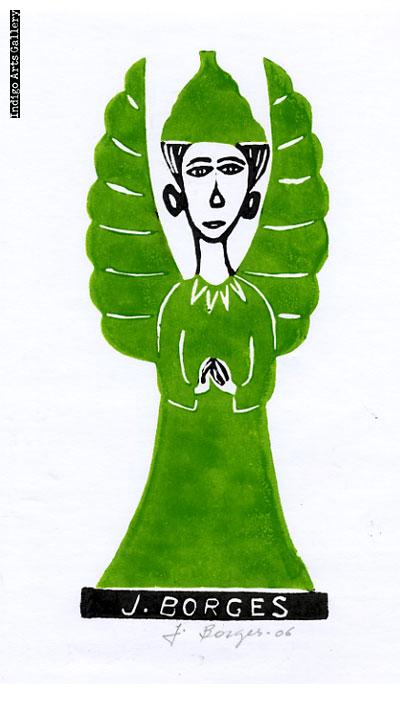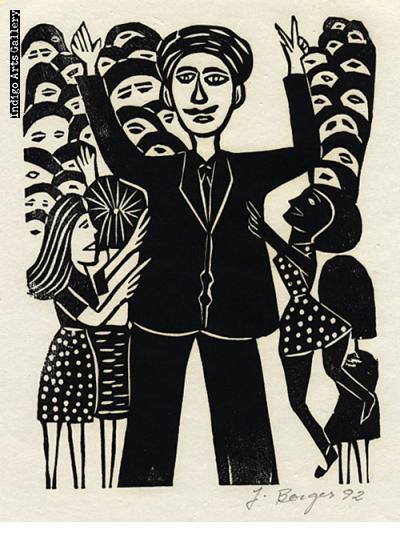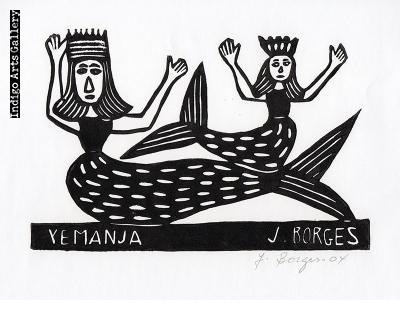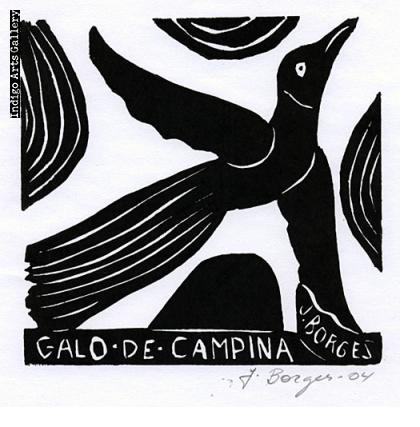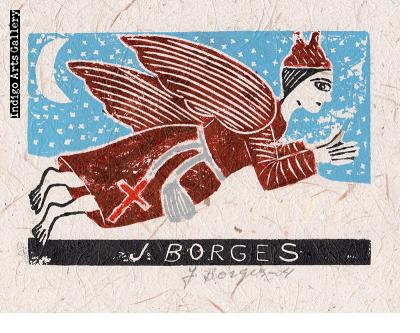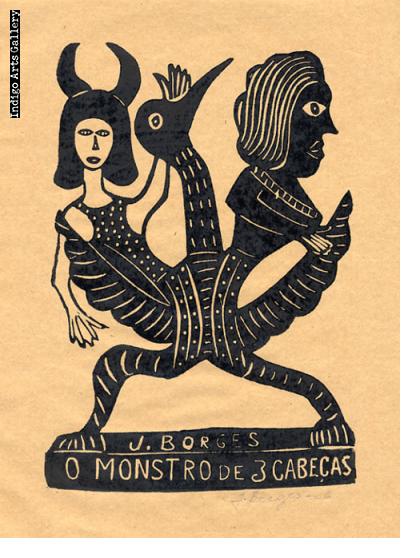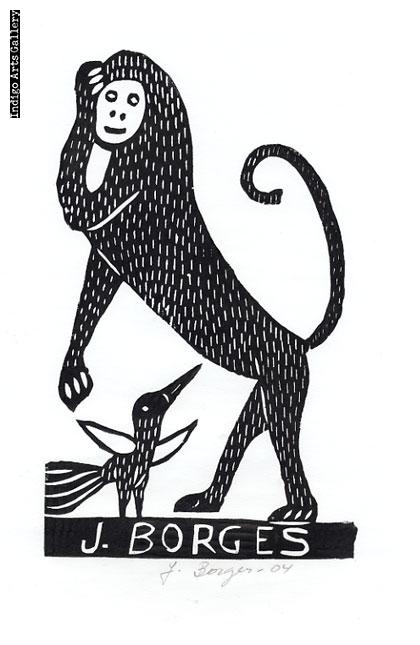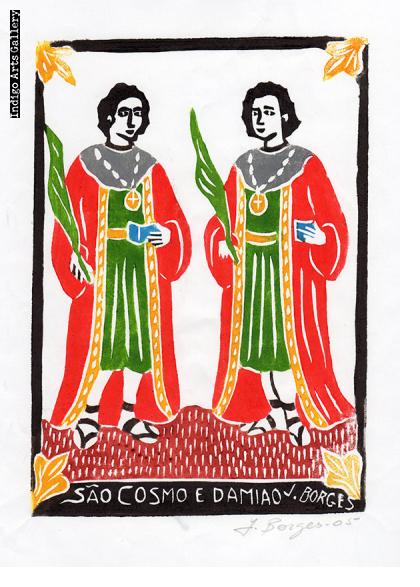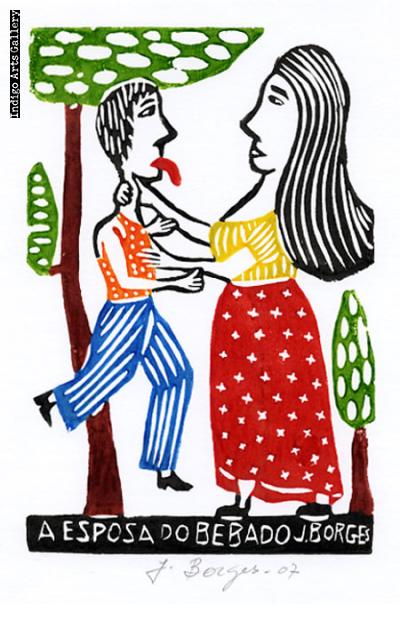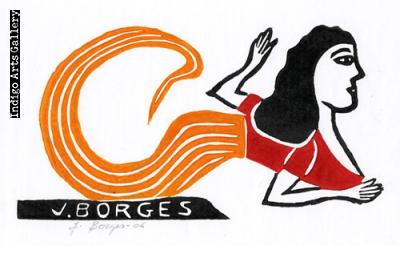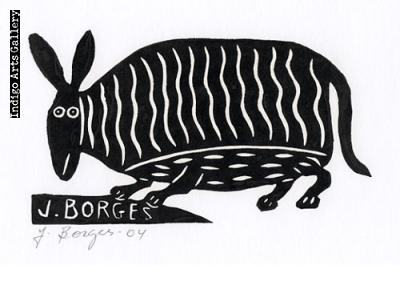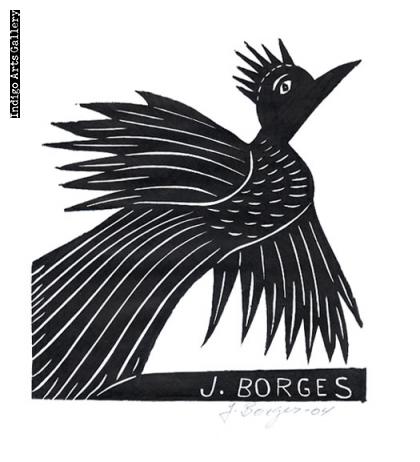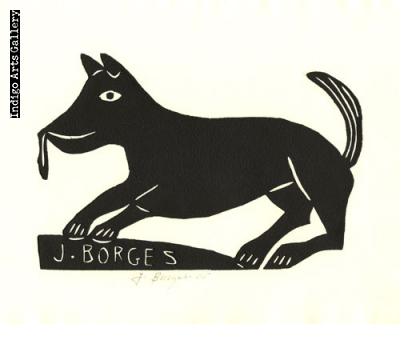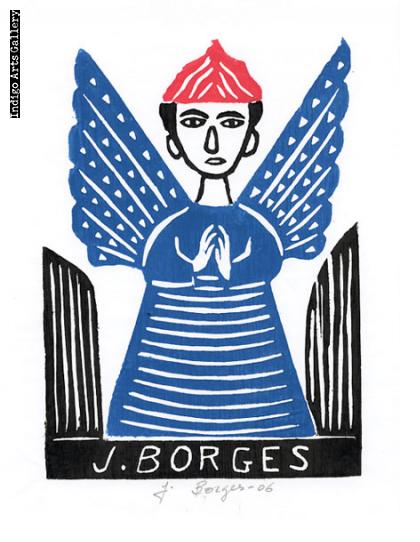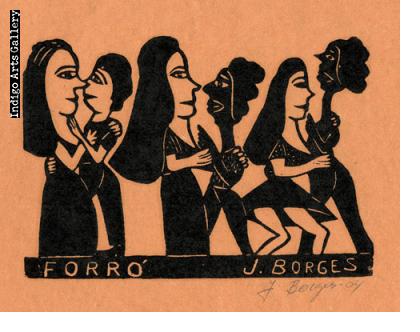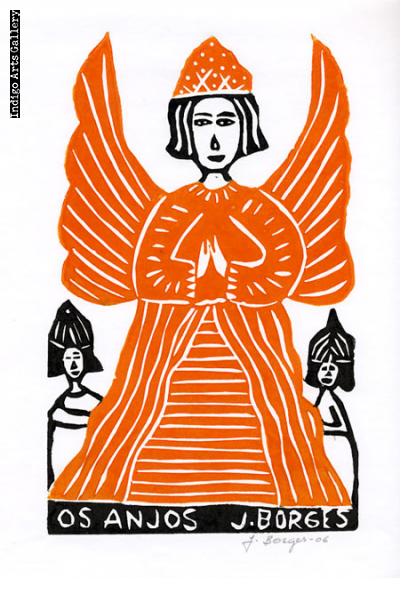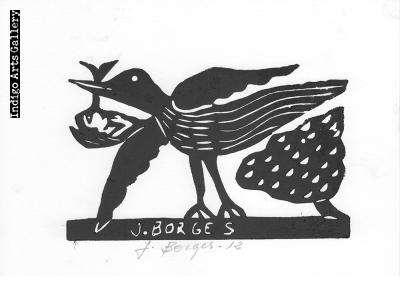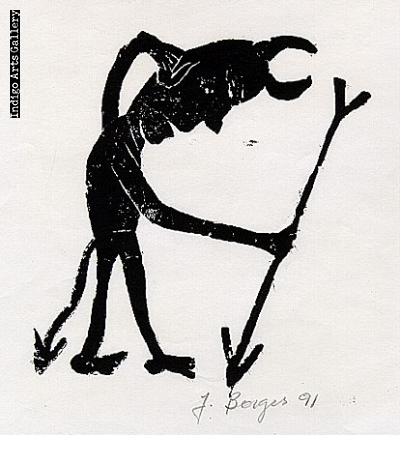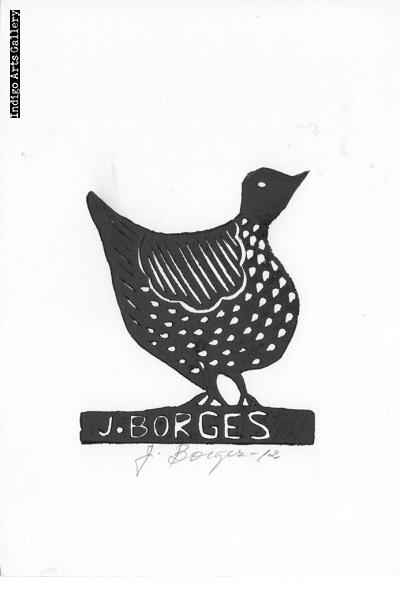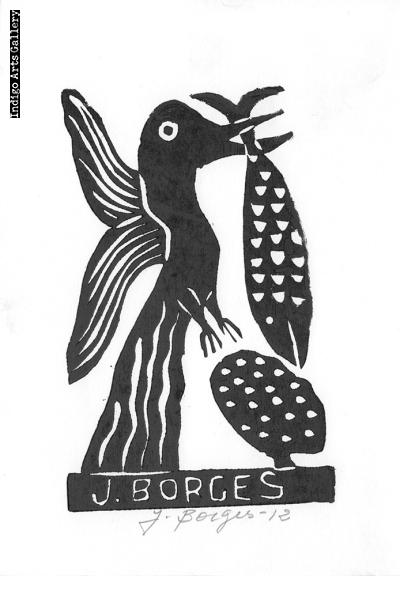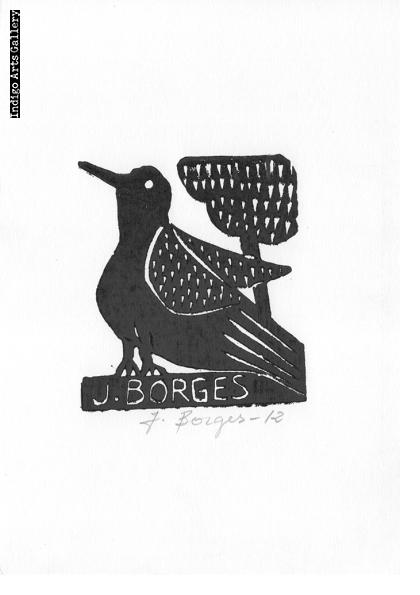About the Artist

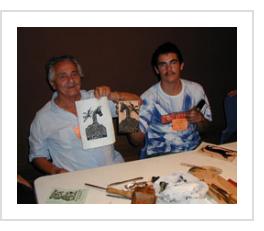
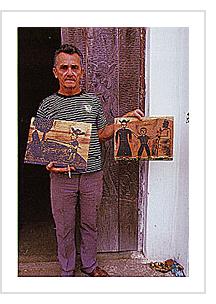

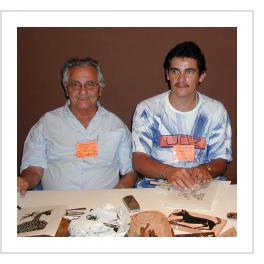
José Francisco Borges (December 20, 1935 - July 26, 2024)
Artist and poet José Francisco Borges was born in 1935 in the village of Bezerros, Pernambuco state, in Northeastern Brazil. Borges was Brazil's best-known folk artist working in the wood-cut medium, and his work has been exhibited all over the world. But he came out of a long tradition of folk poet/artists who publish their own work in the form of small (generally about 6" by 9") cheap chap-books or pamphlets written in verse, known as folhetos. They are also known as literatura de cordel after the way vendors sell them in the marketplace, hanging over a string. This tradition (including the work of Borges) is described in detail by Candace Slater in her book Stories on a String.
Marion Oettinger, Jr. describes these folhetos in his book The Folk Art of Latin America: Visiones del Pueblo: "Brazilian chap books deal with popular poetry, accounts of local catastrophes, popular legends, famous crimes, and infamous love affairs. The Man who Married a Donkey, The Son Who Murdered His Parents in Order to Get His Hands on Their Retirement Benefit, The Football Game in Hell, and The Overturned Bus Disaster are examples of the alluring titles found in a typical marketplace. The front of these pamplets usually contain wood-block illustrations of the book's contents, and they, in themselves, form a special type of folk expression.... Frequently, chap book vendors sing the songs in their books or read aloud the contents of their books to market crowds, many of whom are illiterate, and their voices usually draw enormous gatherings."
José Francisco Borges began writing verse for folhetos in his 20s, and soon also began to operate a printing press to produce woodcut prints for their covers. In the 1960s his woodcuts came to be recognized in their own right. He was encouraged to produce images in larger formats, in color as well as the more traditional black and white.But even in larger formats, his prints reflect the same popular themes, such as The Honeymoon of Matuto (an archetypal back-country bumpkin), The Monster of the Backlands, The Woman who Put the Devil in a Bottle, and many tales of the legendary bandit Lampiao.
In 2005 the New York Times carried an excellent article on the cordel tradition, featuring Borges and others, "The Traveling Troubadors of Brazil's Backlands" (June 14, 2005).
Recently (July 25, 2017) the New York Times posted Artist at Work: Carving Woodblock Prints in Brazil, a video tour of the workshop of José Francisco Borges. Its in their The Daily 360 series, so you can see him working in his Bezerros, Brazil studio in full 360 degree color.
The following biography is courtesy of the Smithsonian Institution's Folklife Festival:
"I was born in the countryside in Pernambuco, on December 20, 1935. My father was a farmer and I helped him farm the land from the age of eight. It was not until the age of twelve that I attended school for the first time, but for just ten months when the only teacher moved away. The day I could write my name and read was a big event. My teacher was surprised by how fast I was learning. Since then, reading whatever I saw was my favorite way to spend my time. But in those days, there were no newspapers, magazines or radio where we lived. All we had for distraction were cordel leaflets. They took their name from the cords from which they hung at newsstands. They were inexpensive and often illustrated with a woodcut print on the cover. My father read these stories to his children.
"In 1952, due to a drought, my family moved to a city. I was then seventeen and have worked as a carpenter, peddler, wall painter, potter, and more. In 1956, I bought a lot of cordel leaflets and began to sell them at popular fairs.
"In 1964, I wrote my first cordel leaflet, ?The Encounter of Two Cowboys in the Petrolina Hinterland,' and got it illustrated by an artist named Dila. In two months, I sold five thousand copies. For my second leaflet, I couldn't afford a cover illustration and decided to do it myself. It was my first woodcut and depicted the facade of a church.
"Looking back at those years, I feel very grateful for what life has given me. For a very simple man with only ten months of schooling, being recognized sand honored in Brazil and elsewhere was incredible. But my great joy and luck was meeting Ariano Suassuna, a great writer who made me known made me known all over Brazil and abroad. Another person I enjoyed meeting and working with was the Uruguayan writer Eduardo Galeano for whom I made 185 engravings that illustrate his book Walking Words
"Even so, I don't take advantage of that fame to charge high prices for my work. I want it in the homes of mason, carpenters, farmers, and not only in the homes of the rich.
"With my woodcuts and cordels, I was able to raise my eighteen children. I like what I do and have taught my technique to my sons and apprentices. It is a way to perpetuate my art. I want to work for as long as I am healthy, and to enjoy life."
J. Borges's woodcuts have been exhibited in a number of countries in Europe and Latin America, as well as in the United States, in museums, galleries and cultural events.
He was awarded the Order of Merit by Brazilian President Fernando Henrique Cardoso In 2002, he received the UNESCO award in the Educational / Cultural Action category and was chosen to illustrate the United Nations annual calendar, where his woodcut "Life in the Forest" opens the year.
In 2006, he was featured in the The New York Times. The writer Ariano Suassuna considered him the best popular xylographer in the Northeast. J. Borges was declared a Living Heritage by the State of Pernambuco.
In addition to Eduardo Galeano's Walking Words, the artist also illustrated Nobel Prize-winning author Jose de Sousa Saramago's book The Lizard.
Note:
Each impression of a print is unique. Colors may vary slightly from the image shown here. In some cases the artist may have carved a new block as well, so some details may vary. Additional copies of prints marked SOLD are occasionally available, though less often since Borges' passing, and it may take some time to obtain them. Please feel free to inquire about availability.

